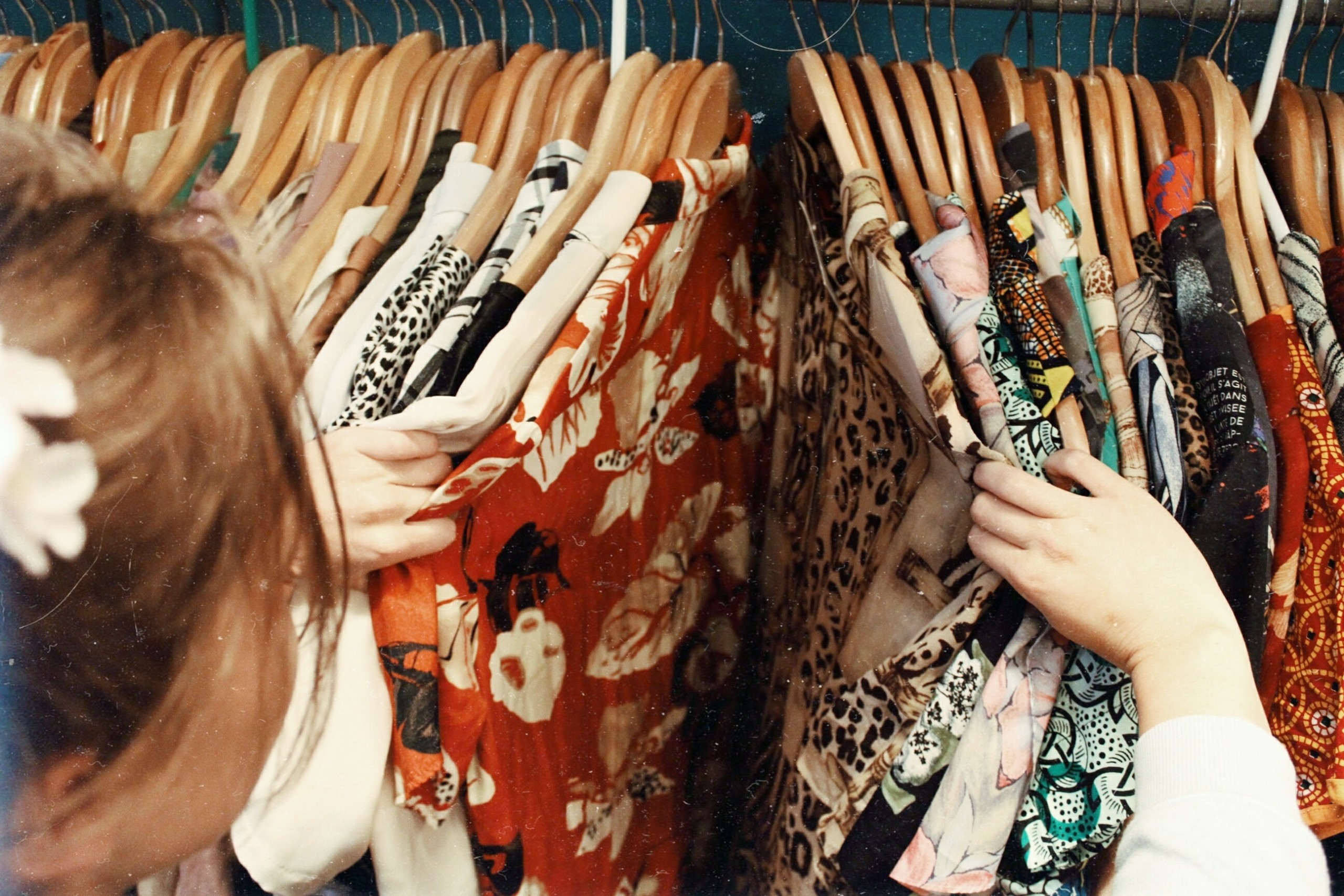COP 26 highlighted the urgency in the need to make global changes to tackle climate change, as well as the immense difficulty of the task. While governments and corporations struggle to agree on common ways to address climate change, changing consumer behaviour becomes ever more essential.
This article covers some key ways consumers can be encouraged and supported to make more sustainable fashion choices.
Clearer garment labelling
Clothing labels can play a crucial role in making fashion and textiles much more environmentally friendly. Currently, there is no global, accepted standard for labelling garments; and changing this could make a huge difference in increasing clarity for consumers surrounding their choices. The organisation Make the Label Count aims to address this, intending to update the PEF methodology to make labels more transparent and informative to drive sustainable decisions.
Sustainable choices need to be an easy decision for consumers, and clear, transparent labelling will make it easier for consumers to make more environmentally friendly choices. In addition, greater clarity in labelling will increase consumer trust in brands when it comes to sustainability too.
Easy, genuine transparency in supply chains
The issue of clarity isn’t only applicable to labelling. Genuinely easy to understand, transparent supply chains are also vital for consumers to choose more sustainable options when purchasing clothes.
Currently, global supply chains are long, messy and complicated, and incredibly difficult for consumers to assess and understand. As a result, it’s almost impossible for consumers to evaluate sustainable lines, even for brands that promote sustainable ranges.
This complexity means that many consumers instinctively choose to avoid cheaper fast fashion brands such as Primark or PLT, while unaware that more mid-priced brands also have complex supply chains in terms of sustainability. Consequently, consumers are often misled by the price of a garment, mistakenly thinking that more expensive options will automatically be more sustainable.
Understanding issues such as cost and environmental impact with tools such as Bomler will be key for consumers.
Big brands need to be sustainable as the norm
While consumers are beginning to demand more ethical and green fashion options from brands, big brands need to make these choices more accessible, affordable and mainstream.
For consumers to become more automatically sustainable, sustainable choices need to become less niche and much more of a mainstream choice. Big brands making sustainability the norm will be fundamental for this. For example, ASOS have pledged to be net carbon emissions by 2030, and brands making more pledges like this will be essential.
Investing in more sustainable options will likely increase sales, with customers likely to be more attracted to brands with more genuinely sustainable options.
To wrap up
As COP26 highlights, change is slow, complicated, and faces huge resistance from parties with different vested interests when it comes to addressing climate change.
However, driving consumer behaviour change is something that can happen now. Consumers need to be empowered to make more environmentally friendly changes in their fashion choices, and to do this, these need to be made as easy as possible. Clearer labelling, transparent supply changes and sustainability becoming the obvious, mainstream choice will be vital.
Textile Consult operates worldwide, consulting on a variety of management, training and sustainability issues within the textile industry. Contact us today to find out how we’ll work with you to find effective, sustainable solutions for your company.


